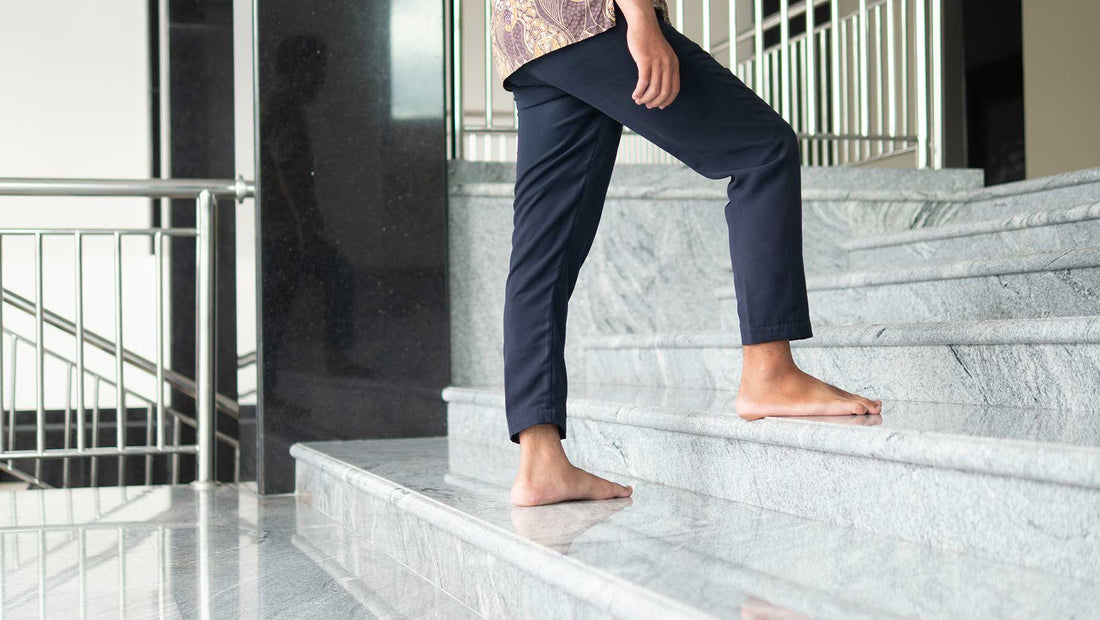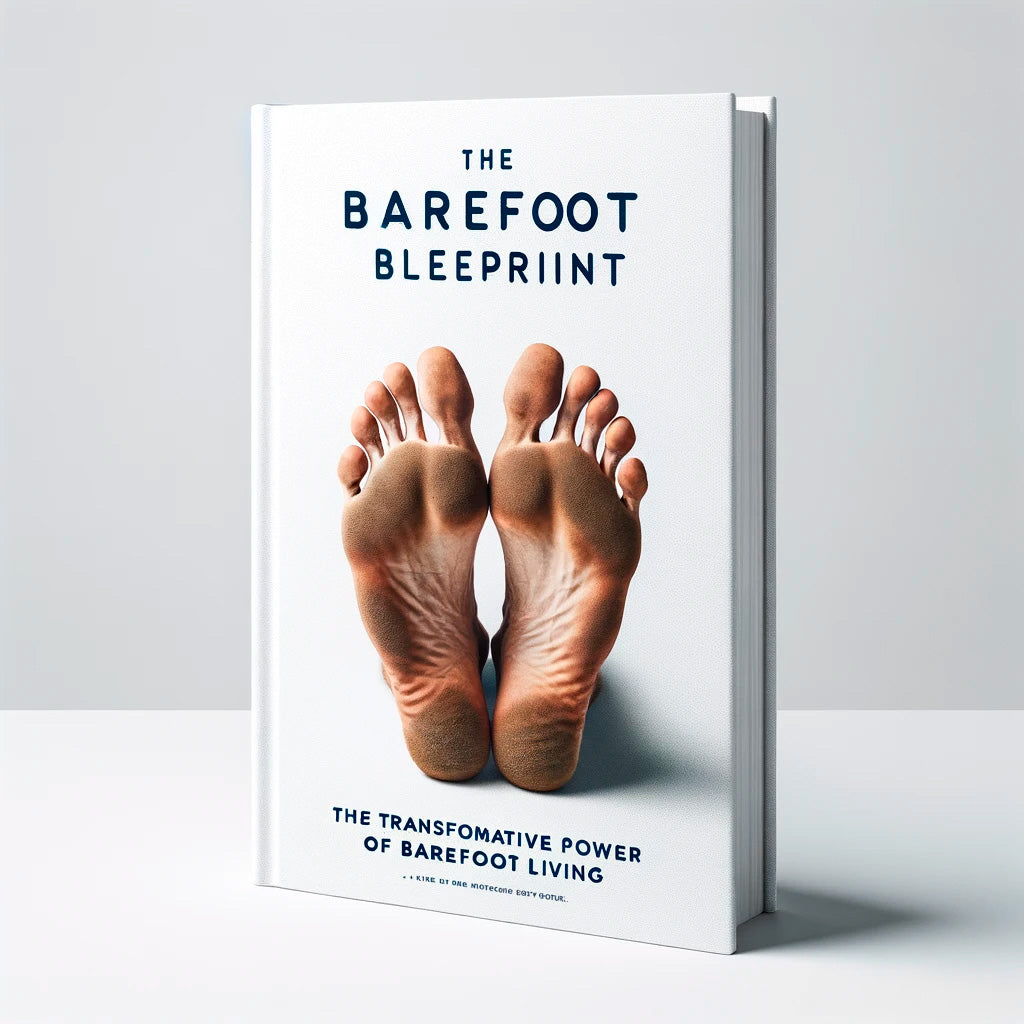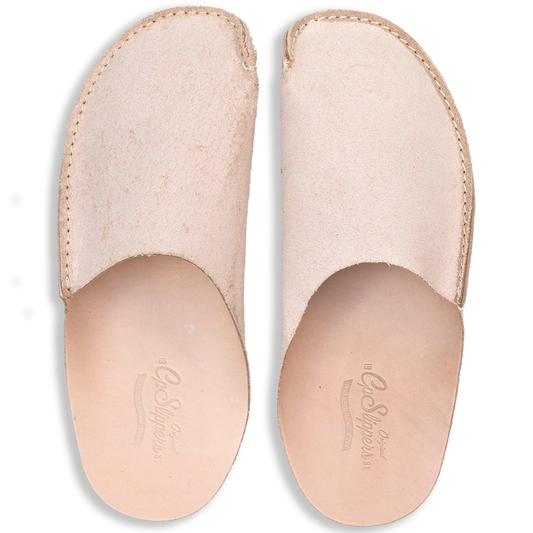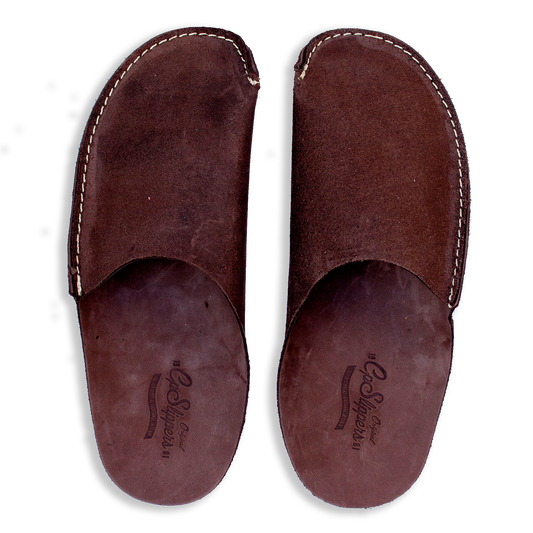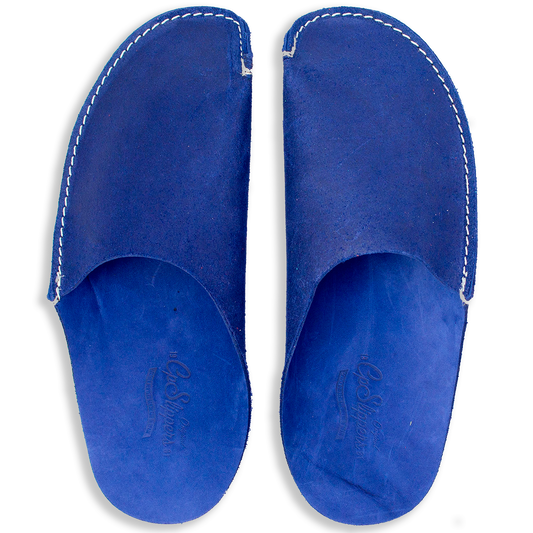Navigating urban environments without shoes.
Introduction
Embracing a barefoot lifestyle in urban settings poses unique challenges, from navigating rough pavements to confronting societal norms. Yet, it also offers unexpected opportunities to rediscover the textures and sensations of the City's ground, fostering a sense of connection and presence often lost in the hustle and bustle. This chapter explores safely and confidently integrating barefoot practices into city living.
Navigating Urban Terrain
The first concern for many aspiring urban barefooters is how to safely navigate the City's varied and often harsh surfaces. Starting with less trafficked areas like parks or grassy knolls can provide a gentle introduction. Over time, building up foot strength and awareness allows for more extended forays onto sidewalks and city paths, though always with a cautious eye for potential hazards like glass and debris.
Hygiene and Health Considerations
Urban environments pose particular hygiene concerns, given the higher likelihood of encountering pollutants and waste. Maintaining foot cleanliness becomes crucial; carrying wipes or a small towel for occasional clean-ups can help, as can a regular foot-washing routine at home. Listening to one's body and being mindful of any cuts or abrasions that need attention is also essential to prevent infections.
Social Perceptions and Confidence
One of the most significant barriers to barefoot living in the City is the perception of others. It requires confidence and sometimes readiness to engage in conversations about the choice to go barefoot. Framing this choice as a personal health and wellness decision can help mitigate negative reactions and spark interest. Wearing minimalist footwear in situations where completely barefoot might not be socially acceptable or safe offers a practical compromise.
Legal and Access Issues
While there's no widespread law against barefoot walking in public spaces, private businesses and institutions may have policies requiring footwear for entry. Researching and respecting these regulations is important, as is advocating for one's rights when barefoot is legally permissible. Engaging with local barefoot communities can provide support and advice on navigating these challenges.
Creating Barefoot-Friendly Urban Spaces
Advocating for more barefoot-friendly urban spaces, such as parks with designated paths or public areas with clean, safe surfaces, can contribute to a broader acceptance and facilitation of the barefoot lifestyle. Community engagement and dialogue with city planners and public health officials can promote the benefits of barefoot living and encourage the development of more inclusive urban environments.
Conclusion
Living barefoot in the City offers a unique avenue for reconnection with the natural world, even in an artificial landscape. It presents an opportunity to challenge conventional norms, rediscover the urban environment from a new perspective, and advocate for a lifestyle that promotes health, mindfulness, and sustainability. By navigating the challenges with preparation and confidence, urban dwellers can embrace the freedom and benefits of barefoot living.

